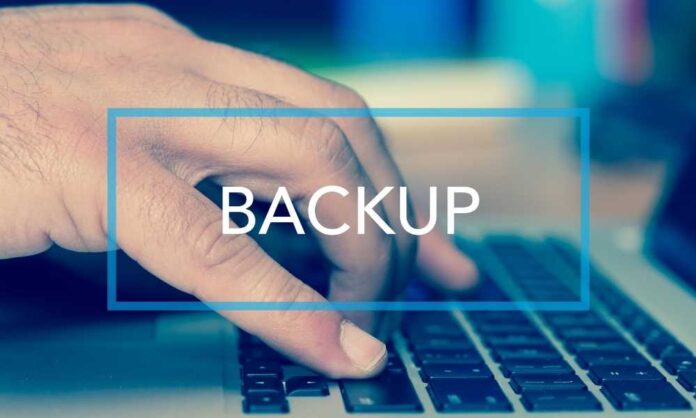Small and medium-sized business put a lot of emphasis on their presence on the Internet, because it is the fastest way to reach a wide audience at a low cost. Web applications (i.e. those that you run in the browser) are gaining an advantage over traditional programs installed locally on the disk, and paper is slowly ceasing to be an inseparable element of everyday office life.
However, as online competition grows and business information is at a premium, the number of potential threats multiplies. Program and website crashes happen in many situations, never expected or not. The same is true for malware infection. In many cases, it is associated only with downtime of the online store, but also the loss of valuable data. Ensuring the security of data becomes one’s priority.
Better to prevent than to mend
The loss of sensitive data would be associated with damage to the reputation and trust of customers and the consequences resulting from the provisions on the protection of personal data.
To avoid data loss, make regular backups of your store. Backup, also known as backup, is a protection that allows you to restore data in the state before the failure. Eliminates the risk of their total loss and avoids costly recovery attempts. In addition, it allows you to quickly repair and restore your online store to a working condition.
Backup types
Backups can be created in several ways and it is not an extremely difficult task. There are several types of backups, including total, incremental, and differential backups.
- Full backup– the so-called mirror, each time performs a complete backup of all selected files and folders, or even the entire disk and system.
- Incremental and differential backup – only back up newly added and changed files. The difference is that an incremental copy stores files added and changed since the last arbitrary copy was created, while a differential stores files since the last complete copy.
Backup strategies
Backup is the basic method of securing information against loss, destruction, deliberate or accidental deletion. It is recommended to create a backup after each change of data or configuration in order to protect it against loss.
Versatility, scalability, easy operation and highly effective data recovery – all these features make up a reliable backup device that will ensure the security of your data. Now that you know the dangers of the lack of up-to-date and safe backups, it is worth investing in comprehensive backup strategies for your data security.
Backup all your devices
By physical device/medium, we mean the disk or internal memory of each device that we use. It will be a desktop computer, laptop, but also a smartphone. In each of these devices, we store important documents, photos, videos, and access data to online services.
Anyone whose laptop hard drive has stopped working knows how many problems it causes. You then have to buy a new drive, unless you’ve been proactive and keep a new spare drive in your closet. Then you need to reinstall the operating system, all the applications you use, and set up your email services. Then, if you back up data from disk, you copy it from another device/medium.
Using Backup Software/System
The principle of the backup software/system is quite simple and it works the same for all vendors. You make a copy of your data, which is stored separately from your main hard drive. For example, this could be another drive, preferably a physically separated external drive or online storage. If you lose your files, no matter what, you can easily restore them from saved copies.
The right backup software/system can save your day quickly. Losing important data can threaten business operations and quickly become very costly. Losing private data such as photos and videos from your last vacation, tax documents or other important files on your private computer is also a real threat. At worst, hope you’ve invested in some good backup software before. If not, now is definitely the time to do so.
1. Cloud backup
Cloud has been one of the “hottest” terms in the IT industry for several years. It is nothing more than a huge server space that we can use for our needs quickly, easily and without knowing the architecture behind it.
The backup stored in the cloud is certainly well protected against data loss. Popular vendors don’t only keep our files on one server. Identical copies of our files are located on at least several different servers. Moreover, there are many providers that will allow us to store our data on their servers for free.
2. Regular Backup
You should consider how often you need to make backups, so that any failures have the least impact on the progress of works. In practice, it all depends on how often it is updated and changed.
It’s a good idea to implement a daily backup schedule. Only with this frequency of backup. It is safe and guarantees the proper form of the website after an attack or data loss. You should make copies of the store each time: the site is updated, transferred to another server, redesign, or when accessing other people. Either of these situations can lead to unexpected situations that are better protected against.
3. By and large
Backup is not a one-time transaction. Everyone should have a detailed, comprehensive backup plan, practice and system. you have established your strategy, do and test the effectiveness of the strategy and check if it is in line with your needs.
The risk faced by individuals and entrepreneurs varies depending on what software they use and where the data they operate to perform their daily duties are stored – therefore each user should assess the risk individually. However, regardless of what solutions you use in your company, these backup principles outlined above will give you a significant advantage over data loss risks.

